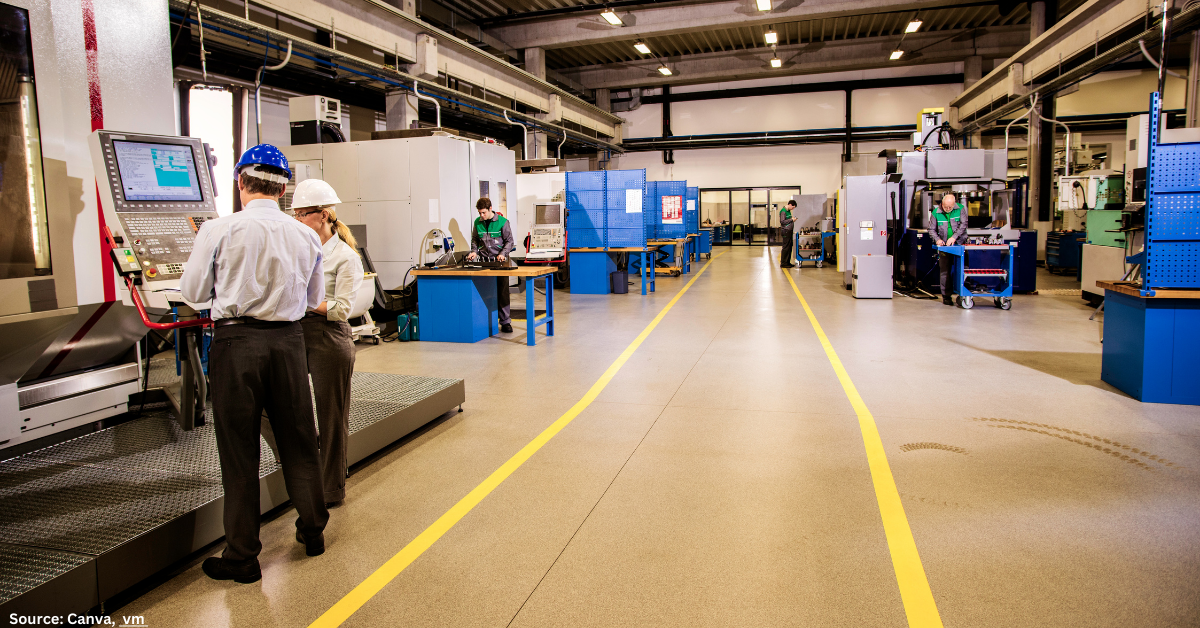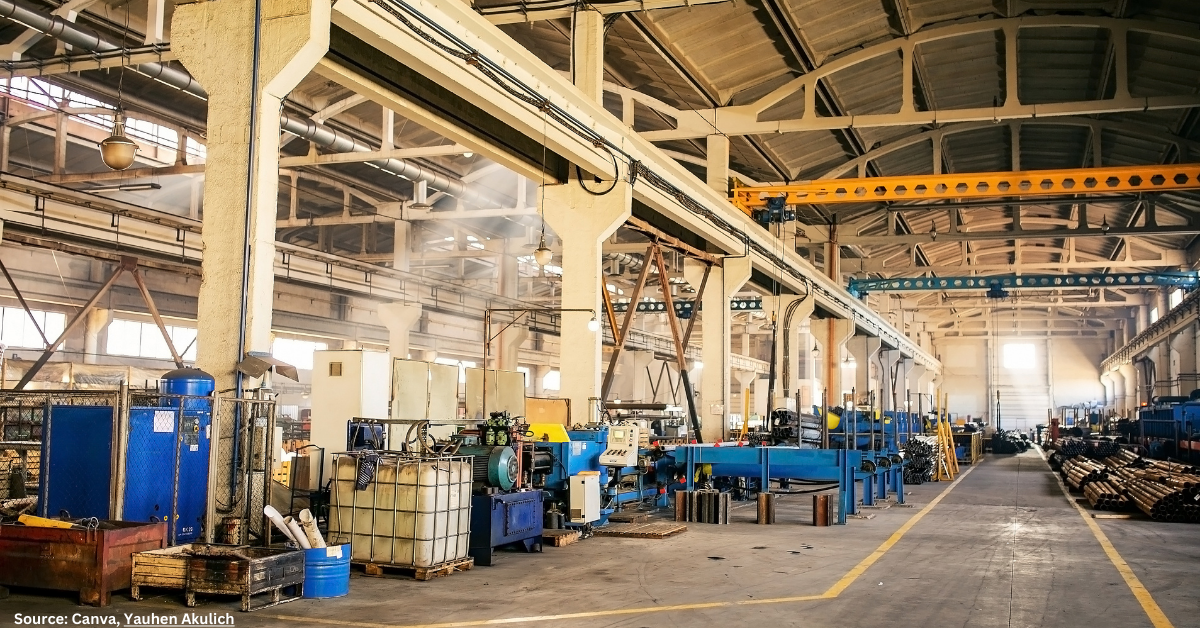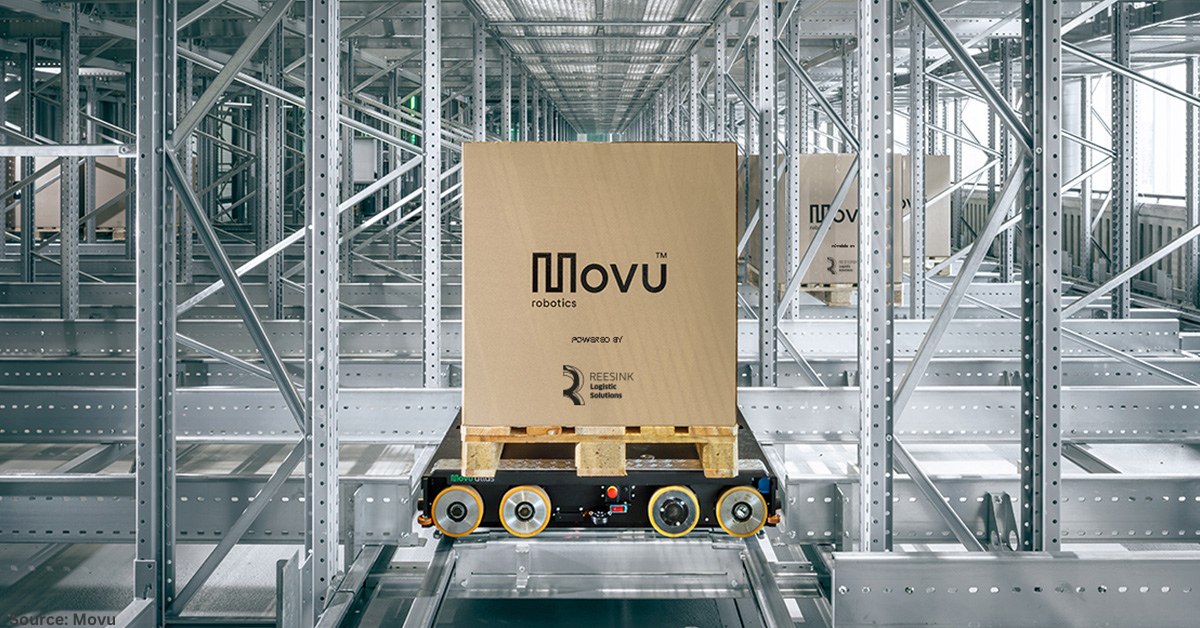In 2023, the companies that invest in the right technologies will give their supply chain a competitive edge and be in a better position for long-term success, says Peter Jones, Managing Director, Prological.
Technology in the supply chain is not a ‘nice to have’; it’s an absolute must-have. A recent report from Gartner suggests that this year more companies must ensure their supply chain is as cost-effective as possible by leveraging the latest technologies available in leading delivery management solutions1.
Increased expectations of express deliveries and operational efficiencies have underlined the need to adopt and embrace automation in the supply chain. From robotics to artificial intelligence (AI), Warehouse Management Systems (WMS) to the internet-of-things, more than 90% of organisations either have, or are planning to, install automation technology in their supply chain in 2023.
Undeniably automation is improving the global supply chain’s efficiency, reliability and scalability, and the benefits of automation have been felt here in Australia. Some 64% of companies reported that they were increasing technology investments into their supply chain2 after the pandemic, and we have seen first-hand major distributors using robotics and AI in warehouses to perform tasks more efficiently and safely.
In November last year, DHL Supply Chain announced its plans to deploy 1,000 robots to its warehouses by 2025 – its largest Australian investment to date and its largest investment in robotics and automation in the Asia-Pacific region. It is said that the $150 million investment in warehouse robotics solutions and automation will support faster delivery to customers, improve operational efficiency, and reduce employee workloads.
Big data, big gains
In today’s connected digital world, maximising productivity by reducing uncertainties is a key priority across the supply chain. In Australia, there’s an increased reliance on data to solve critical problems throughout the supply chain. The adoption of warehouse management systems – as well as advances in big data, AI and robotics – will have wide-reaching effects in 2023.
In the boardroom, there is growing recognition of the need to mitigate disruption through greater visibility, better planning and data-driven decision. A McKinsey report found that, for early adopters, AI-enabled supply chain management has improved logistics costs by 15%, inventory levels by 35%, and service levels by 65%, compared to “slower-moving competitors”3. By implementing AI in supply chain and logistics, supply chain managers can enhance their decision making. They now have the opportunity to know, not just what’s happened, but what’s going to happen.
A changing landscape for Warehouse Management Systems
A leading WMS helps control and manage the day-to-day operations in a warehouse. It automates the inventory lifecycle, assigning and managing picking processes and capturing real-time information from the time an order is received into the warehouse until it has been shipped.
WMS vendors are now adapting their solutions to the new world of integrated supply chain digitisation. Applications are less monolithic, accessible via cloud and alternative platforms, more affordable and adaptable, extensible, and easier to maintain. This means these technologies are now within reach for even small companies.
In 2023 lowering the barrier to entry for automation technologies is a huge objective. Software solutions are becoming more commoditised and more affordable, and the vendors and suppliers of the automation tools are also understanding that accessibility is key. Statista predicts the market for WMS solutions will grow from $1.2 billion in 2015 to $4.1 billion in 20244.
Perhaps then, this is why we’re seeing a changing landscape with regards to automation provision. It used to be that the big software companies were in control of the WMS market, however more recently we have seen providers acquiring software companies.
One such example was Koerber’s acquisition of HighJump, a leading software solutions provider for supply chain management, in 2017. This was a clear indication of a major technology provider, acquiring a number of software companies, in order to “take a leading international position in the areas of supply chain management and cloud solutions”5. The acquisition allowed Korber to build their portfolio of and provide a cloud-first model across a significant proportion of its customer base, with supply chain software housed and managed remotely, ensuring WMS remained secure and evolved in line with a company’s wants and needs.
Be quicker, be agile, be flexible
Digital transformation happens at such a pace across the supply chain, and experts are realising they need to focus more on customer centricity. Digital innovation will continue to drive changes in the supply chain. Automation goes hand in hand with greater productivity and profitability of the industry. In a highly competitive sector, businesses must have a future-proof automation strategy to help their operations to meet growing e-commerce and consumer demands, while also being able to weather the rigours and unpredictability of the political and geographical landscapes.
The successful supply chains of 2023 will embrace technologies such as artificial intelligence, machine learning and intelligent robotics. By leveraging cloud-based solutions companies will be able to ensure business continuity and will respond more quickly and accurately to the needs of their customers with greater agility and flexibility.

























































Follow us on social media